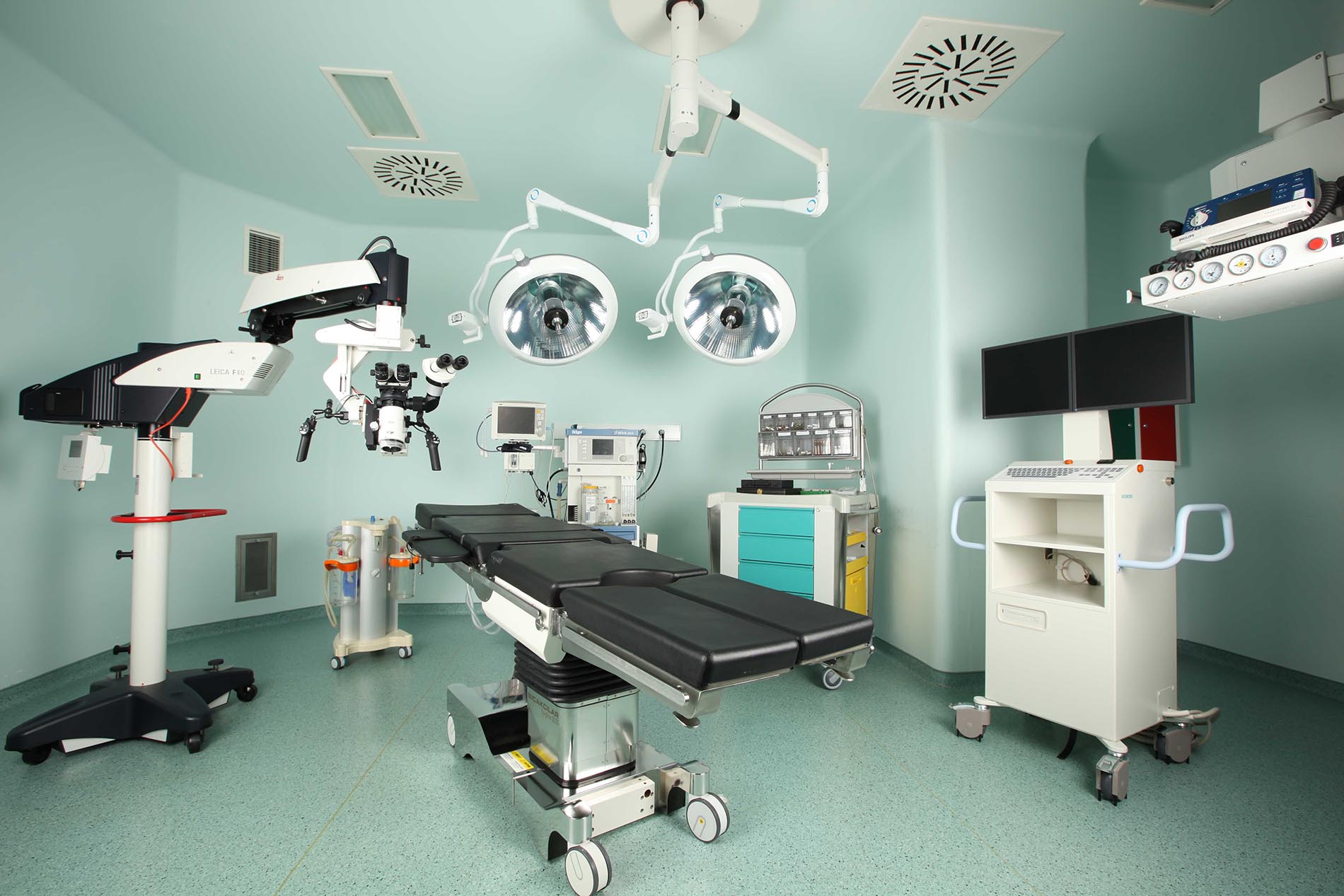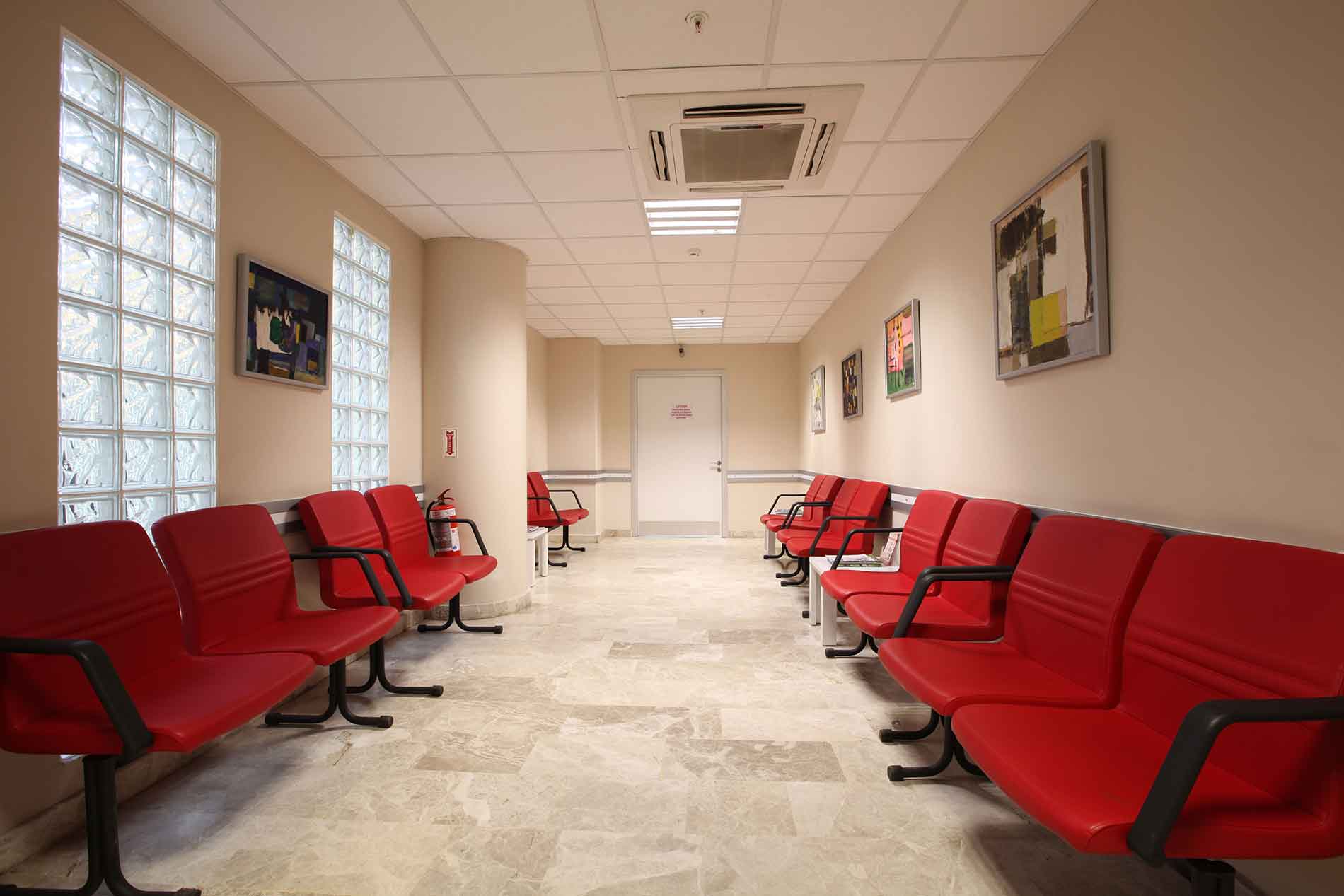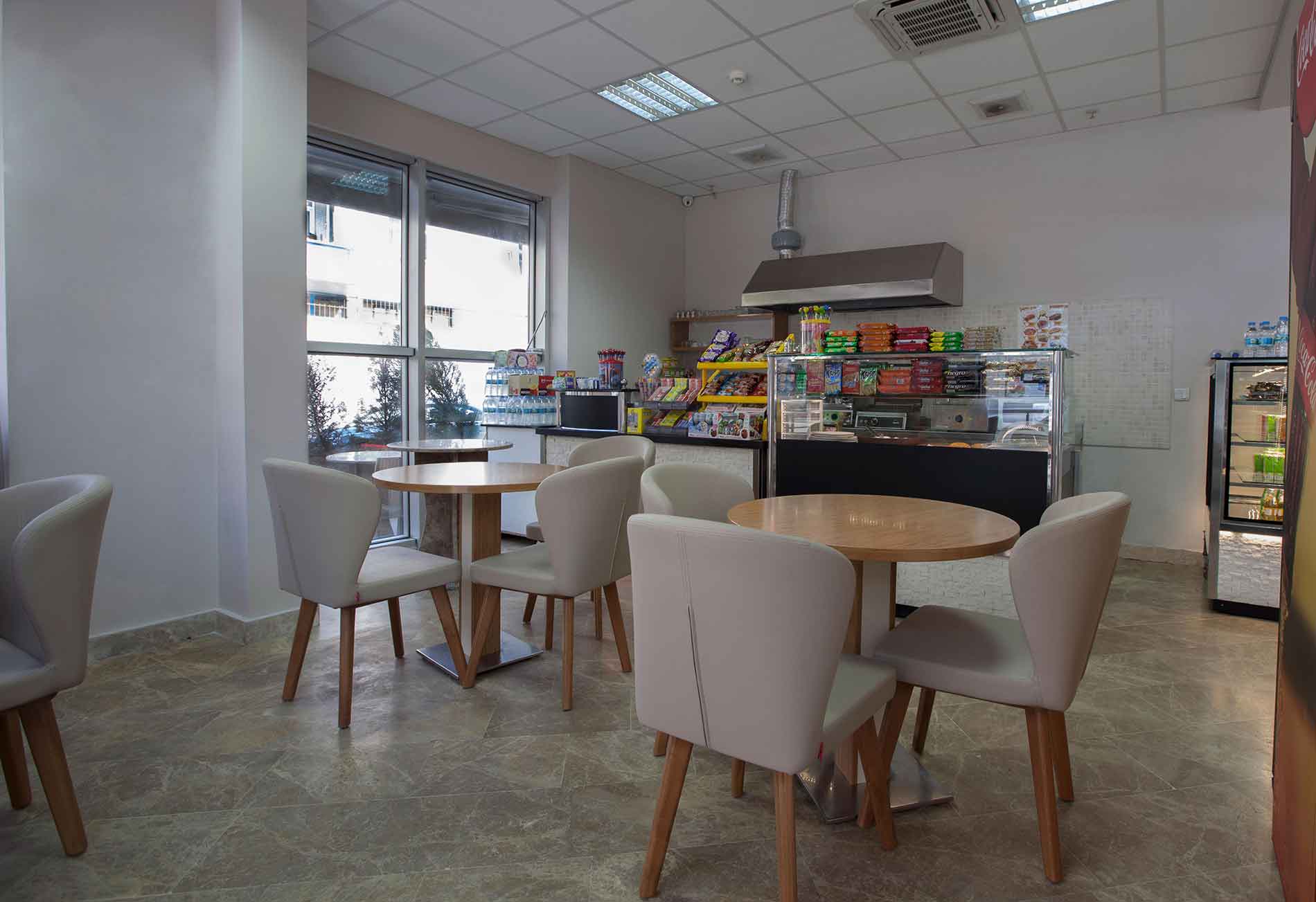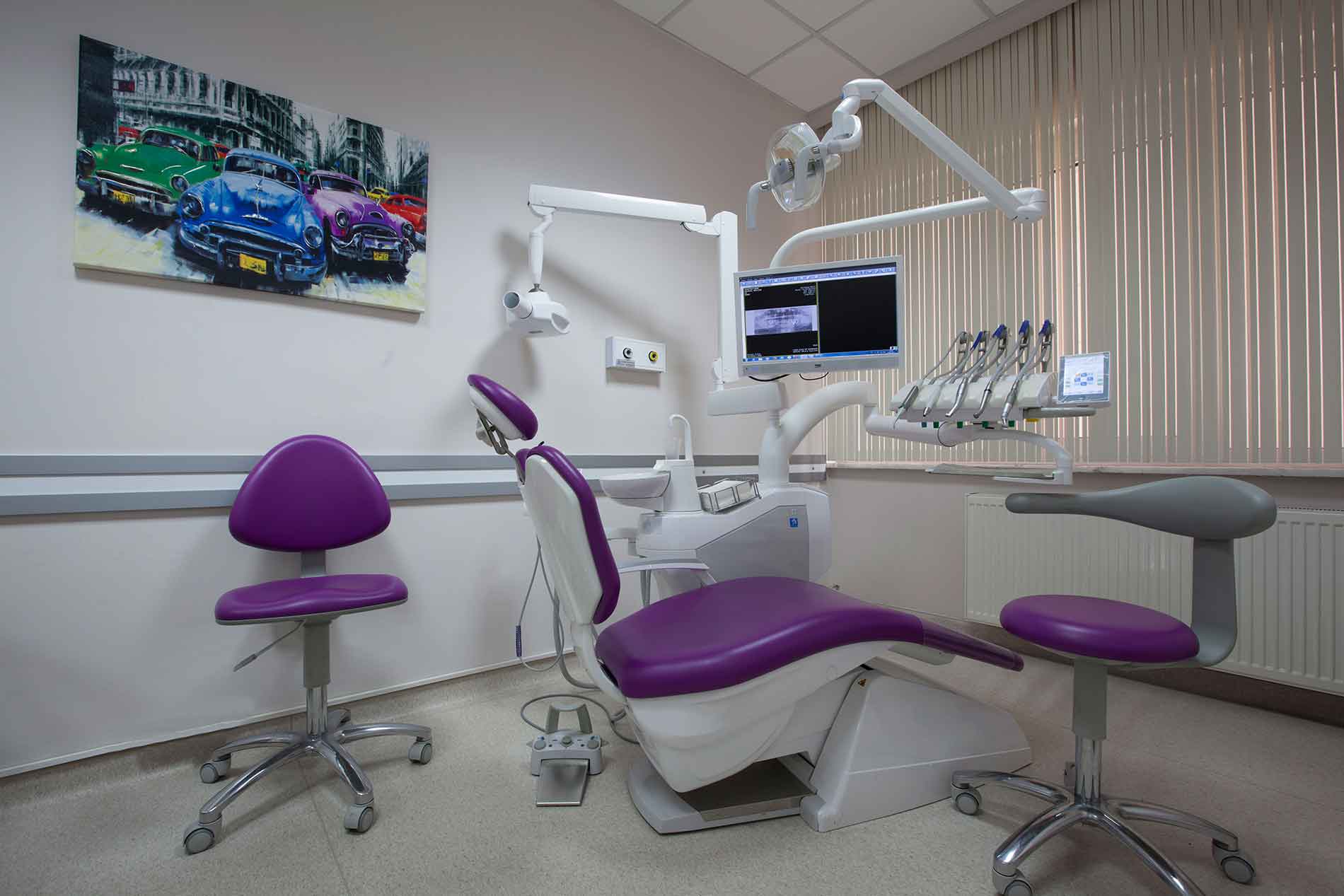
İstanbul / Güneşli
Kas Medical Center
Urinary Incontinence Treatment
With TOT Operation
Urinary Incontinence in Women
Urinary incontinence is one of the most common problems faced by women. Research shows that 20-46% of women of childbearing age and 40-69% of menopausal women struggle with urinary incontinence. This complaint, which occurs in the form of urine leakage from the bladder in cases such as coughing and straining, which may cause sudden increase in intra-abdominal pressure, can also be seen as inability to reach the toilet after urination. Women who suffer from urinary incontinence generally try to solve this problem by themselves, such as using pads and not leaving the house. However, urinary incontinence problem, which can cause psychological problems besides physical disorders, can be easily treated. The bladder which urine is collected after draining from the kidneys and the urethra which carries urine out of the body are located in the pelvis.
These organs are kept fixed by the muscles supporting the pelvic cavity from the lower part. Relaxation and weakening of these muscles can cause urinary retention and incontinence.
The most important reasons for muscle relaxation and weakness are previous pregnancies and normal births, long-term constipation, overweight, diseases that cause chronic cough, menopause and old age. As a result of the relaxation of the pelvic muscles, bladder sagging (cystocele), rectum sagging (rectocele) and incontinence (urinary incontinence) can be seen.
TOT (Transobturator Tape) method is successfully applied in our center as urinary incontinence treatment.
TOT Method:
The TOT method is a relatively new procedure. It was first described in 2001. In TOT technique, with a thin vaginal incision, a special band called ‘polypropylene mesh, is placed with the help of a special needle and the urethral canal is raised. Wound healing after surgery with this technique is quite rapid. Usually the patient is discharged after one day of observation. Complaints after operation are quite rare. The bladder is drained with the catheter placed in the bladder for the first 24 hours after surgery. The catheter is then withdrawn and the patient is discharged.
At Kas Medical Center:
– Diagnosis and treatment of urinary incontinence
– Medical treatment (treatment with urinary incontinence drugs)
– Urinary incontinence operations
– TOT
– TVT
– Burch.
– Non-surgical urinary incontinence treatment (biofeedback therapy) is applied.





